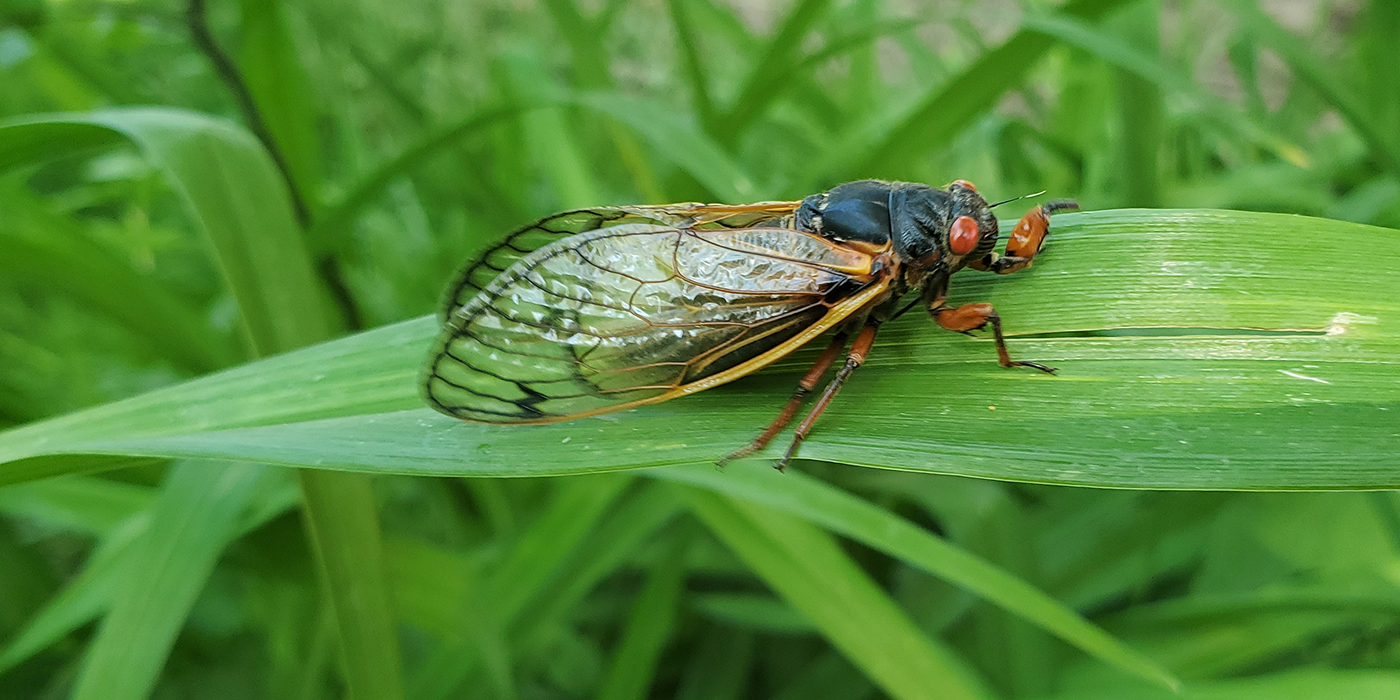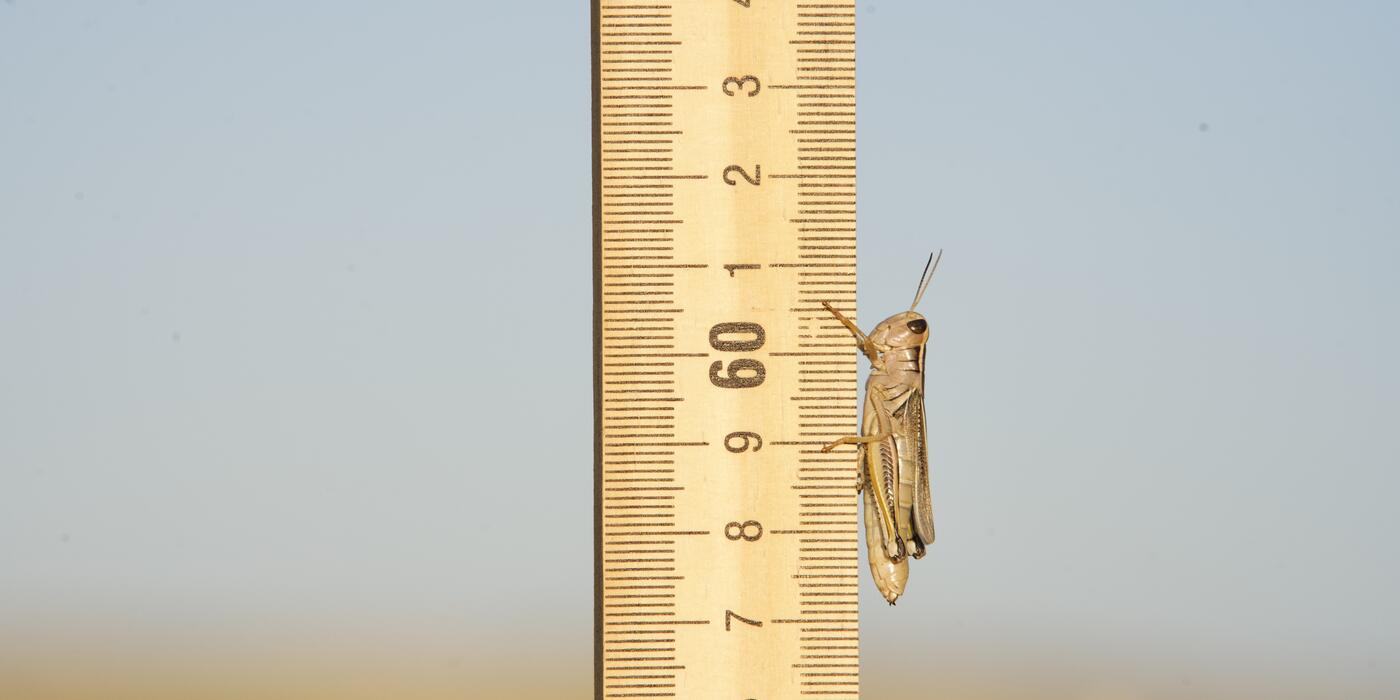17-year Cicadas: Bird Buffet or Big Disturbance?
As the emergence of 17-year cicadas, commonly referred to as Brood X, approaches, animal keepers are gearing up to keep an extra close eye on their charges, especially those that eat insects, to make sure they don't over-indulge.
But of course, zoo animals aren't the only ones that eat cicadas. Local songbirds, including chickadees, bluebirds and cardinals, will take advantage of their abundance too, something Smithsonian Migratory Bird Center scientists are eager to study.
"This is an awesome opportunity to see how birds respond to a cicada emergence that occurs once every 17 years," said ecologist Brian Evans. "We're looking at how bird songs might change in response to the volume of the cicada calls and how nest success might change thanks to all of this new food in the environment."
For more than two decades, Smithsonian scientists have partnered with homeowners, students and residents to track nesting birds through the Neighborhood Nestwatch program. Every year, Nestwatch citizen scientists partner with Smithsonian scientists to track and observe birds nesting in backyards, school yards and local parks.
Most of the songbirds that nest in and around Washington, D.C., feed their chicks insects. In a year where billions of extra numbers of extra-big bugs expected, scientists theorize more chicks should survive to adulthood. This theory hasn't been borne out in recent emergences, though that could be linked to a lack of data and analysis techniques. Evans points out this Brood X is the first to emerge with humans almost entirely armed with smartphones to record data. Along with improved computing capacities and better techniques to analyze huge data sets, Evans expects to see a big boom in nest success.
"We are calling on our Nestwatch citizen scientists to be especially attentive with nest monitoring this year," said Evans. "I'm expecting to see a difference between Brood X years and other years."
Cicadas emerge every year along the East Coast. But Brood X comprises three species of 17-year-cicadas — so named because they emerge only once every 17 years. The last Brood X emergence was in 2004. While the annual cicadas peak in late summer, Brood X cicadas peak earlier, in May or early June, as soon as the ground temperature stays above 64 or 65 degrees Fahrenheit. This peak is exactly the time that the majority of birds nest and raise their young.
The increased availability of food, Evans and his team theorize, might result in increased numbers of heartier and healthier chicks surviving to adulthood.
The other change ornithologists and ecologists expect to see in birds during a Brood X year is a change in their singing. Cicadas in general are loud. Brood X cicadas are particularly loud. When they join in chorus, the noise can reach levels of 100 or even 120 decibels — equivalent to a thunderclap, a chainsaw, a car horn honking three feet away, or a jet taking off 1,000 feet away.
Birds communicate using sound. They're famous for it.
"Bird signaling — song — is so important," said Evans. "It's how they communicate their territories and sometimes how they signal to mates. Birds use calls to signal danger; they’ll chirp to provide alerts for a black rat snake or a neighborhood cat, lurking to eat nestlings or fledglings."
What happens to those bird sounds when cicadas are screaming in the trees too?
The team will plant more than 20 song recorders throughout the Washington, D.C.-region and will observe singing behavior at 35 to 40 sites. They will study how birds sing and behave before and during the cicada emergence. They're not sure whether birds will be able to modify their song — either switch its pitch or increase its volume — to communicate despite the presence of the cicada chaos or whether they'll give up all together.
One of those song recorders will be placed on the Smithsonian's National Zoo grounds, a place that Evans explains is important to local and migratory birds.
"The Zoo is nestled in Rock Creek Park which is part of an almost contiguous forest that runs well north of the city," Evans said. "It's a really important wildlife corridor, and we get quite impressive birds that come through during migration."
Being able to understand how birds respond to noise like the 17-year-cicadas will help them understand how birds react to noise levels in general, such as in urban areas or airports.
"It’s a lot of people working together, and a very fun, albeit noisy, project," Evans says. "This will be a rich data set on sound, and an awesome resource to help future researchers study bird song, insect noise and human-made noise."
This study is in collaboration with Bernard Lohr, University of Maryland Baltimore County; Dana Moseley, James Madison University; and Shawn Smith, George Mason University.



